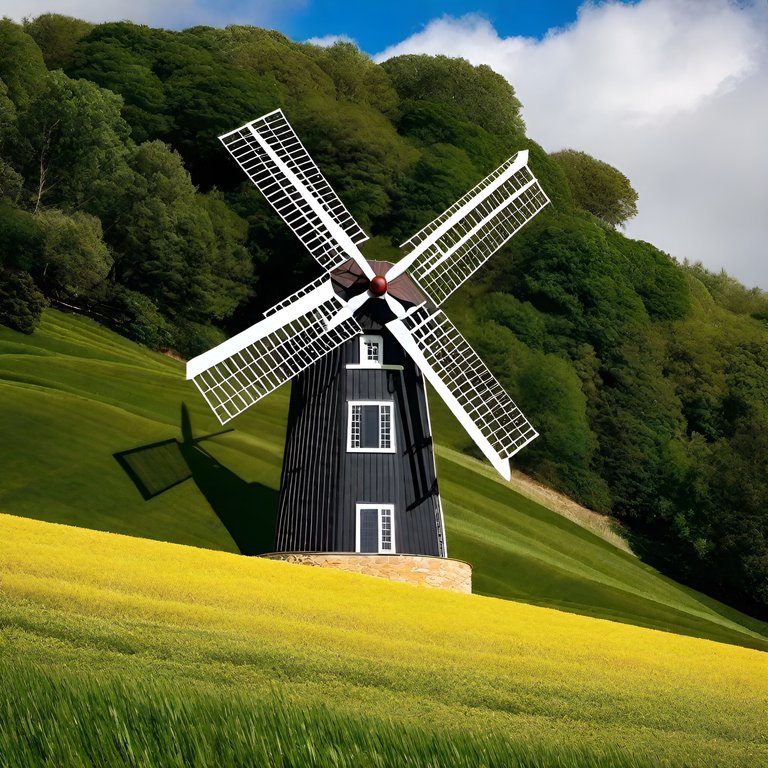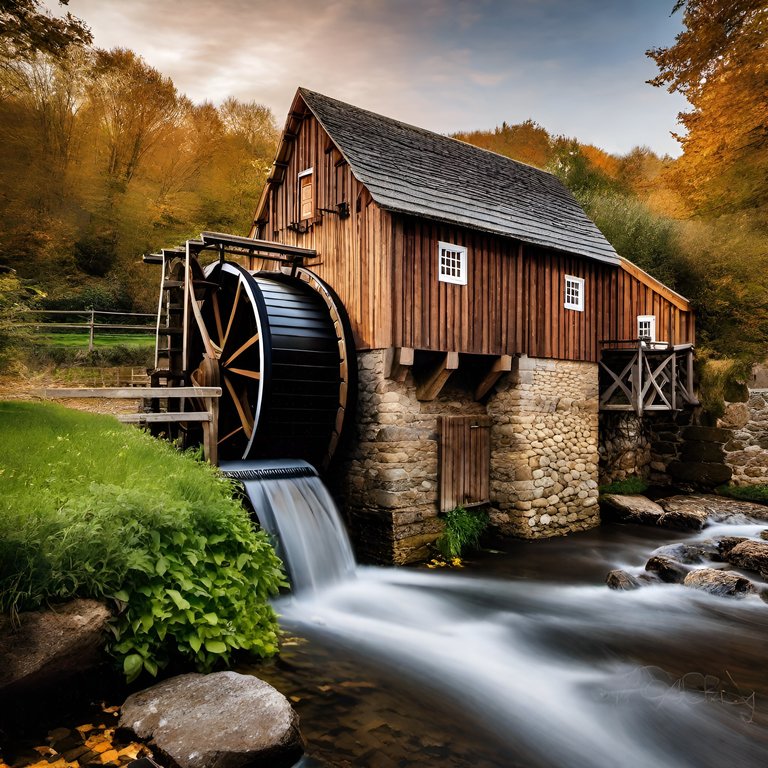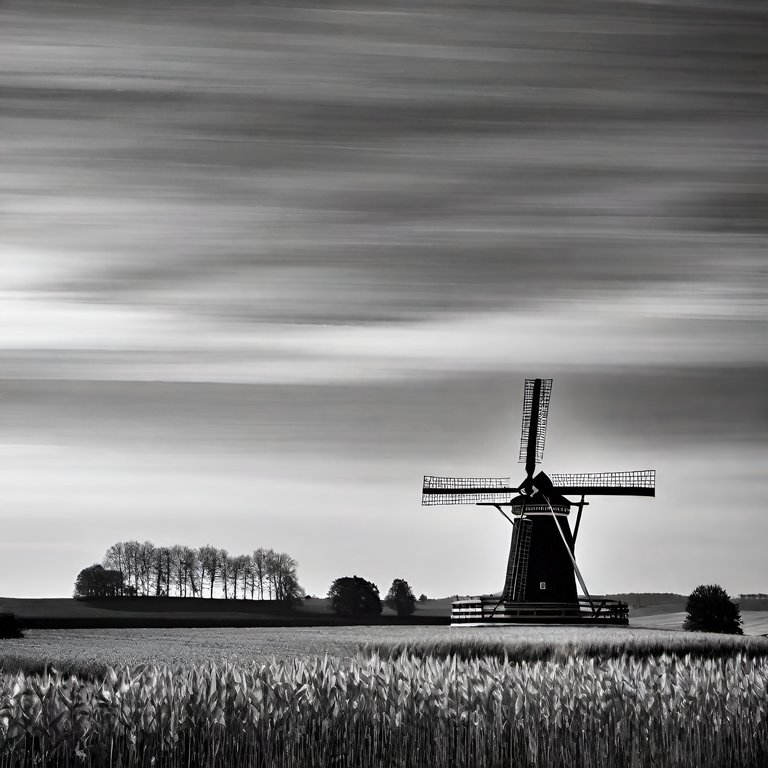The Problem with Dying Mills
Hey dear Hive Community, first of all I would like to welcome you all to my contribution and hope you had a day that was full of positive experiences! In this post, I would like to address a serious topic and hope that the one or other can learn something new.
Here are some pictures of some mills that I created today and once there were still tens of thousands of mills in Europe and the number is increasingly declining and if you look at today's numbers you quickly notice that the mills are becoming more and more backward and in some countries this culture has almost disappeared from the population. Without the mills, nothing would have worked at that time and have brought the world to where it is now and for the infrastructure at the time it was of great importance and everywhere in Europe you will find traces of old mills and again and again you will find excavations and many old traces and there are some organizations that have formed to document the places of former locations of mills. It is then assumed that on average the number has been reduced to ten times, but of course this also depends on the country and there are some examples of countries where once thousands of mills stood and nowadays there are not even 200 of them and most of these are no longer as intact as they should be. In the 19th century, the death of the mills already started and there are various influencing factors that influenced the industrial revolution and some new technological inventions came on the market which led to the fact that the wind or water mills were increasingly replaced by the invention of the steam engine and this led to the fact that more and more the small mills were displaced by the economic sector and some mills were no longer lucrative enough and had to be demolished. The competition against the industry was simply far too high and small companies still struggled for some time until they were finally completely replaced because of course they could never meet the high demand as the industrial branches can. The steam engine was also much easier to maintain and it no longer needed the classic structures and at that time too few people recognized this problem and made sure in time to promote small businesses and during this time it happened that there was also more and more death of the culture in other sectors.
In addition, there was also the fact that a mill law was introduced at that time, which ensured that farmers could only grind their grain in certain mills and in the coming decades it happened more and more that the small mills had to be demolished and many industrial ones have been built. During the times of crisis such as the First or Second World War, it even came to the fact that the industrial supply collapsed and people resorted back to the old mills, but this was not enough at that time to meet the demand and it did not take long until the industry had to start taking up speed again and at that time more and more was invested in this industry at a rapid pace that it came even more to the death of the small mills and then it happened in the middle of the 20th century because of the overproduction to the fact that no more mills were allowed to be built. It must be said that this was already the time when most small businesses could usually no longer keep themselves and in some European countries premiums were also distributed if you no longer put old and disused mills into operation, which was positive in one way because it came to the fact that some mills that should first be demolished should still remain and on the one hand negative because it came to the fact that some had deliberately shut down their mills for this reason. In some countries such as the Netherland or Denmark, the dying of the mills is not quite so advanced and many of them are still preserved there or have become tourist attractions, which of course does not always replace the old culture but contributes a large part to the education about the topic. The mills in Europe are being continuously demolished to this day and there are simply too few circles behind it and in addition, much is not promoted or appreciated and you can see this also in many other areas that culture is becoming more and more extinction.
Thank you very much for taking the time to read through my post and I hope you like it and can learn something new about this important topic!



I wish to see this real but I didn't see such Mills yet.
Hopefully you will soon have the opportunity and it means a lot to me that you are interested in the culture.
Most times a lot of mills always have issues and this is not supposed to be so actually
Yes, culture dying is an important topic and good that you are one of the few who still thinks about it.
Such paintings are very beautiful and the choice of colors makes them even more beautiful.
Thank you so much
Most welcome dear.
A lot of things needs to be done in those types of mills if it not the effectiveness will not be sustained
It is important to think about the topic.
https://twitter.com/lee19389/status/1748354594798002623
#hive #posh